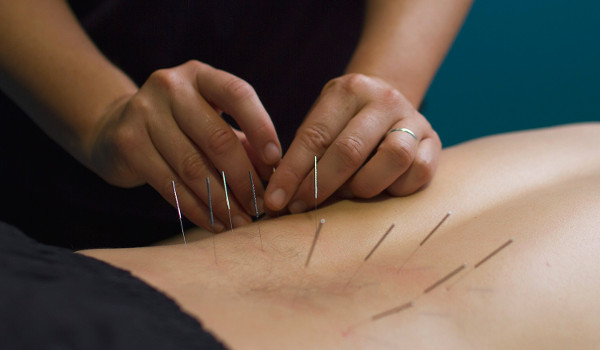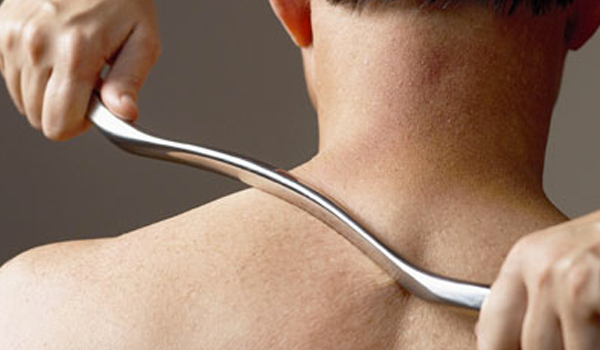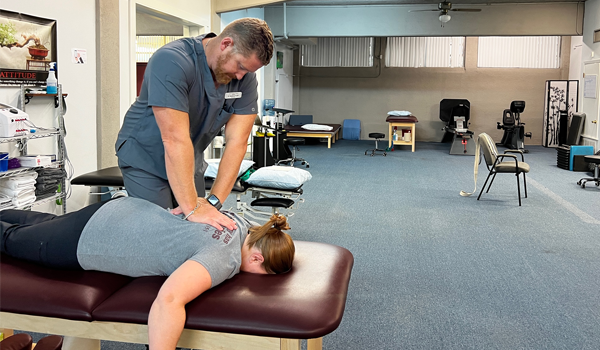
dry needling
Dry needling involves inserting a monofilament needle into soft tissue, such as muscles and ligaments to elicit a twitch or muscle relaxation response. It is termed dry needling due to the lack of medication during insertion. Dry needling is often used in conjunction with appropriate exercises prescribed by your physical therapist giving you the best chance for optimal outcomes.
Dry needling is effective in treating a variety of musculoskeletal pain. Furthermore, it can aid with movement impairments by assisting in releasing chronic tight muscles and improving range of motion.
Some of the more common conditions I treat with dry needling:
- Myofascial trigger points
- Cervical pain
- Shoulder stiffness
- Rotator cuff impingements
Tendonitis:
- Lateral epicondylitis, aka tennis elbow
- Medial epicondylitis, aka golfer’s or baseball elbow
- Rotator cuff tendonitis. This is also known as biceps tendonitis.
- Low back pain
- Piriformis syndrome to assist with sciatica
- TMJ
- Hip pain
- Iliotibial band (ITB) syndrome
FAQ
What is the difference between acupuncture and dry needling?
Acupuncture is based on Chinese philosophy and dry-needling is more of a Western philosophy. Acupuncture utilizes a meridian system, in which a needle may be placed more distally along the body in order to elicit the appropriate reactions. Dry needling, although we use the same needles, has a different philosophy. We apply needles in the location where a patient is experiencing symptoms versus using a referred pattern. For example, if you are experiencing trigger points along your neck muscles we would apply the needles directly in those areas to elicit a relaxation response.
What is the reaction one could expect from dry needling?
As it’s not always necessary to elicit a muscle twitch, it is something I’m trying to accomplish during treatment. A twitch will allow muscles to relax and release from its tight nature. It is not uncommon for patients to be a little sore following a needling session. I expect to see results immediately, with longer lasting results after approximately 3-4 sessions.
What is a myofascial trigger point?
A trigger point is a hyperirritable taut band of skeletal muscle located within a larger muscle group. Trigger points can be tender to the touch, and touching a trigger point may cause pain to other parts of the body.
What causes myofascial trigger points?
Myofascial pain often results from muscle injury or repetitive strain, such as an athletic injury, gym activity, poor bending/lifting habits, and poor ergonomics such as prolonged sitting at a computer desk or during long drives.
Why are myofascial trigger points painful?
Trigger points are hypersensitive in nature due to lack of proper blood flow and at times they can compress surrounding nerves leading to radiating pain.
Our Services

Limitless Physical Therapy is more than your typical clinic. We strive for a holistic approach when accepting the challenge of helping our patients. We offer an array of services that are scientifically proven and effective at helping you with your pain and discomforts. We take pride in doing more than simply alleviating your symptoms.
Limitless Physical Therapy and Wellness
Serving in Two Locations
San Marcos, Texas
101 Uhland Rd #115 San Marcos, TX 78666
Phone: 512-878-0351
Fax: 512-878-0356
New Braunfels, Texas
951 Landa Street New Braunfels, TX 78130
Phone: 830-327-1040
Fax: 512-878-0356







